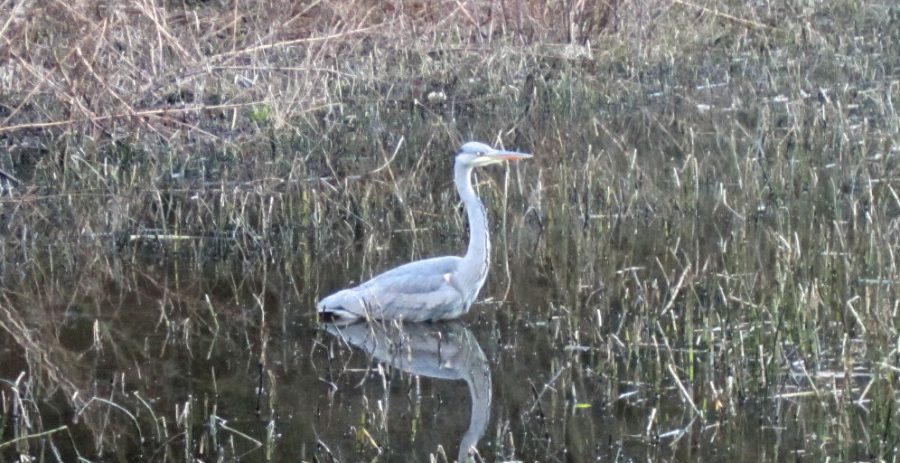
Introduction
Uppermost Wheel was situated near to the current water treatment works (Yorkshire Water), about 400 m upstream of Rivelin Corn Mill.
Sheffield Waterworks Company built a ‘depositing pond’ (reservoir) across the river in this location in about 1869 to both smooth out compensation flows and to allow some of the suspended sediment to settle out before the water was released into the Rivelin. However, the remains of Uppermost weir, mill dam and Wheel appear to have been obliterated before this time as they are not shown on the first edition 6” Ordnance Survey map (surveyed in 1850–51).
The site is now on private land and is not normally accessible.
History (C. 1750s–1840s)
Main trades: Cutlery grinding.
Uppermost Wheel was described in 1751 as newly built, and had four trows; Edward Nicholls was the Lessee with a 21 year tenancy.
The rebuilding of 1772 and an increase in the rent from £1 0s 0d to £1 11s 6d suggest that extra buildings were added. In 1794, the tenant was William Greaves; the wheel pit had a fall of some 15 ft (c. 4.5 m) but only ran three trows.
George Woollen, who also rented the Rivelin Corn Mill (next downstream), paid the rent from about 1799 up to 1845, by which time the Wheel had been pulled down.
